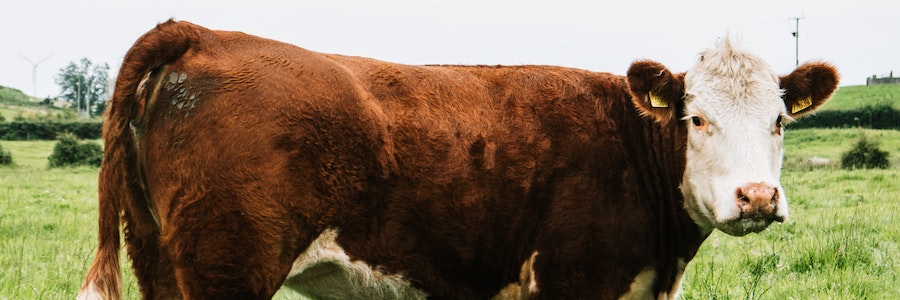Dr. Katie Mason, Assistant Professor, and Extension Beef Cattle Nutrition Specialist
Department of Animal Science at the University of Tennessee wrote an article last about the importance of methane production in cattle.
I loved this perspective because, amidst all the demands to lower methane production, we haven’t taken time to appreciate why it’s necessary.
In her article, she explains the process in a way even us non-science people can understand. “Cattle eat forages (grass and other pasture plants) and forage moves into the rumen. In the rumen, microbes ferment the fibrous material. During this process, microbes create volatile fatty acids. The volatile fatty acids are absorbed through the rumen to meet the metabolic needs of cattle. In reality, forages feed rumen microbes and rumen microbe byproducts feed the cow. Other byproducts of the fermentation process in the rumen are dihydrogen and carbon dioxide. A specific type of microbes in the rumen are called methanogens. These microorganisms take the carbon dioxide and dihydrogen (I’ll spare you the biochemistry lesson) and create methane, also known as CH4. This gas is eructated, or burped, out as a waste product. If dihydrogen is not removed from the rumen, the fermentation process is inhibited, meaning cattle can no longer digest forages appropriately.”
Without all of this, a cow simply wouldn’t be a cow. We wouldn’t have the natural by-products that we use from cattle, we wouldn’t have the beef we have.

“Often, people ask, can you just make a cow not produce methane? But as has just been discussed, rumen fermentation of fibrous feeds in the true essence of the cow. It is the reason that cows can eat forages and we can’t, and in turn, produce a nutrient-dense protein product. If you make cows no longer produce methane, they would no longer be a ruminant, and would no longer be able to turn the millions of acres of grazing lands into nutrient-dense beef, not to mention countless byproducts like leather, medications, cosmetics, and more. Those grazing lands are typically not suitable for crop production. Cattle on grazing lands recycle nutrients and make use of an abundant feedstuff that would otherwise go to waste.” Dr. Mason explains.
Additionally, it’s already known how Methane is a short-term greenhouse gas that, as part of a biogenic carbon cycle, turns into CO2 and is then absorbed by plants which provides a carbon sink. These plants use it to grow and create a feed for cattle, and the whole cycle is started again. No new carbon is created in this process, it’s recycled!
Our industry is working so hard to help reduce the methane that cattle do produce, but hopefully, we can find some appreciation for this necessary process and be thankful for how absolutely cool our cows are!







